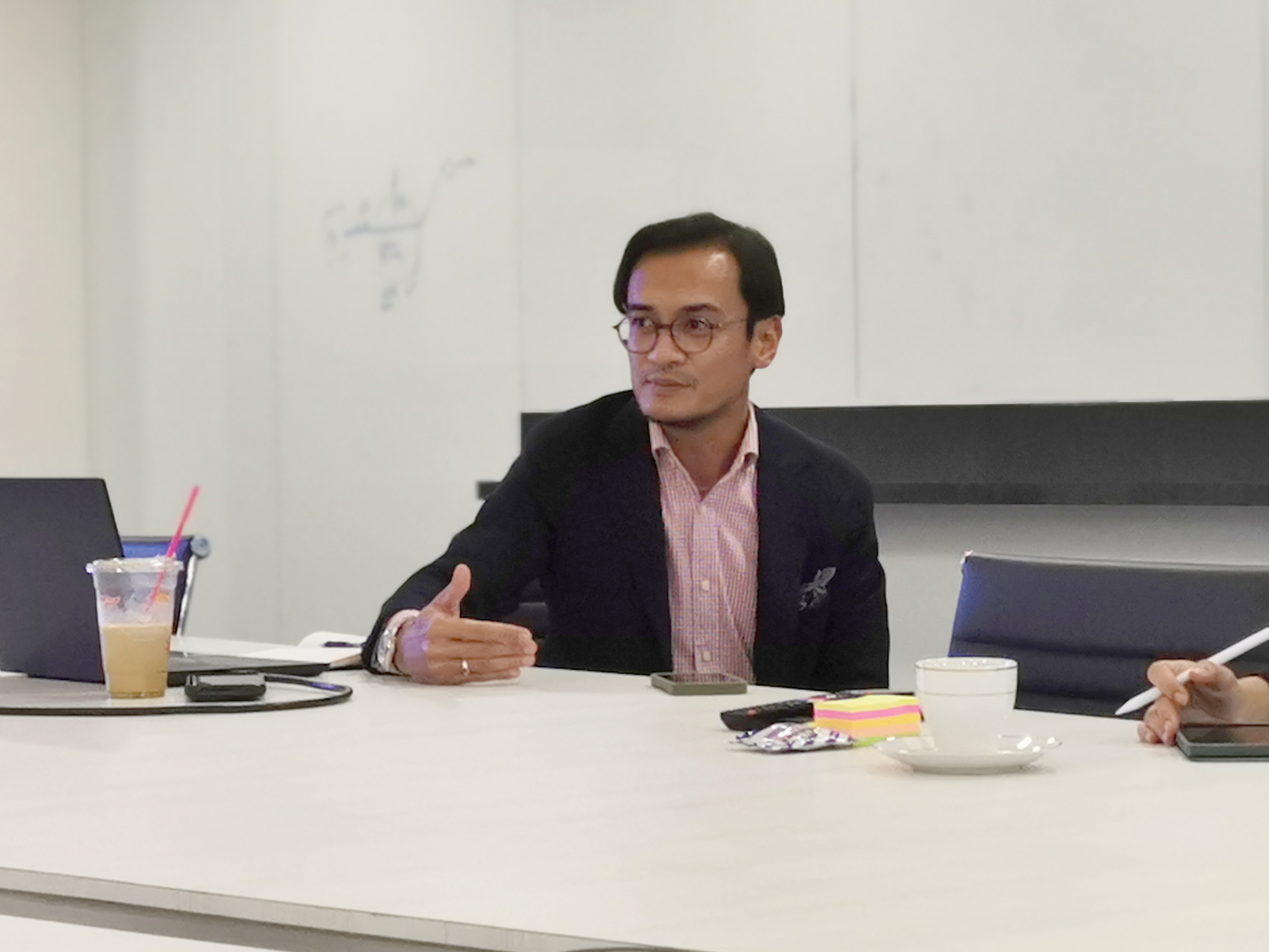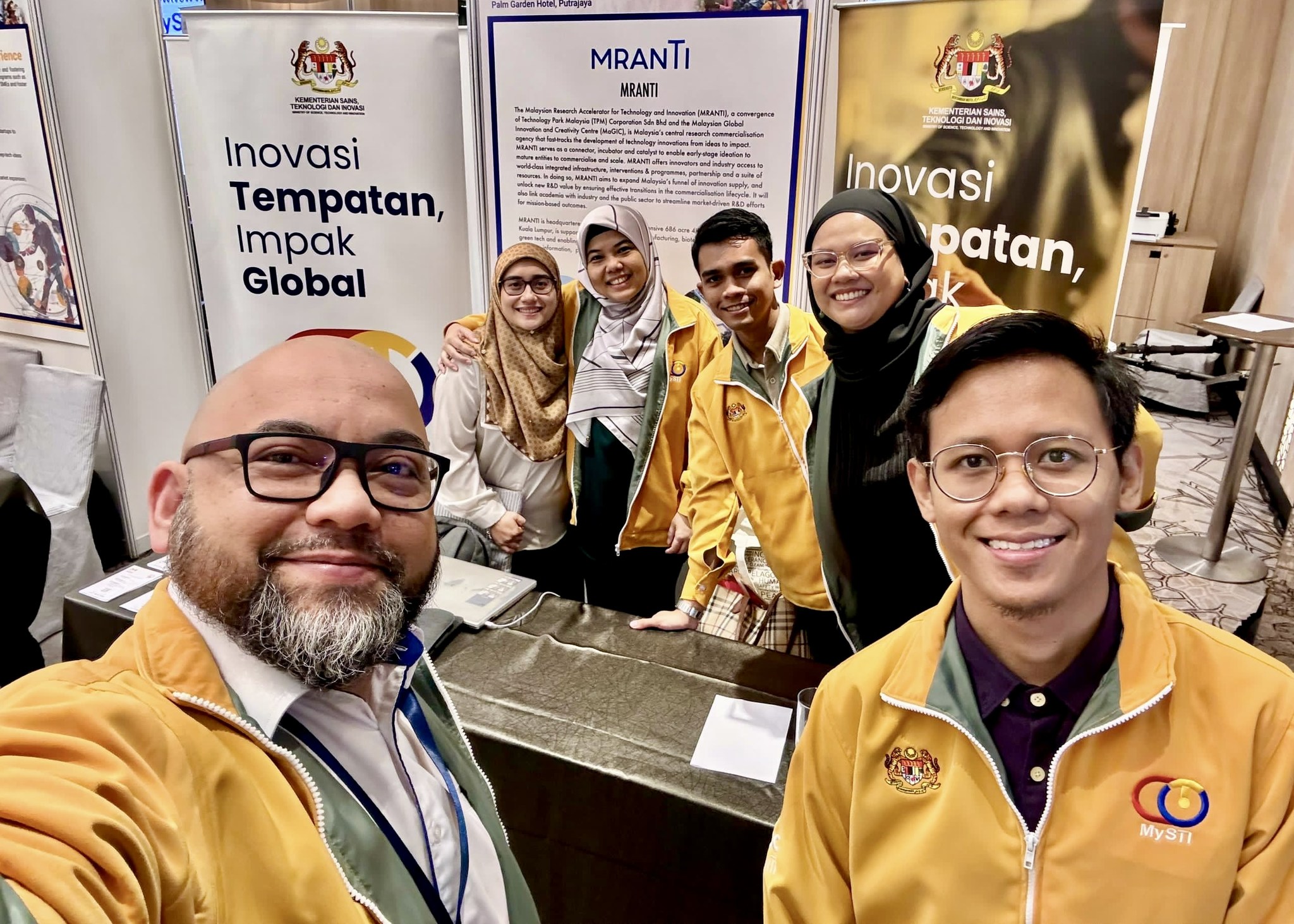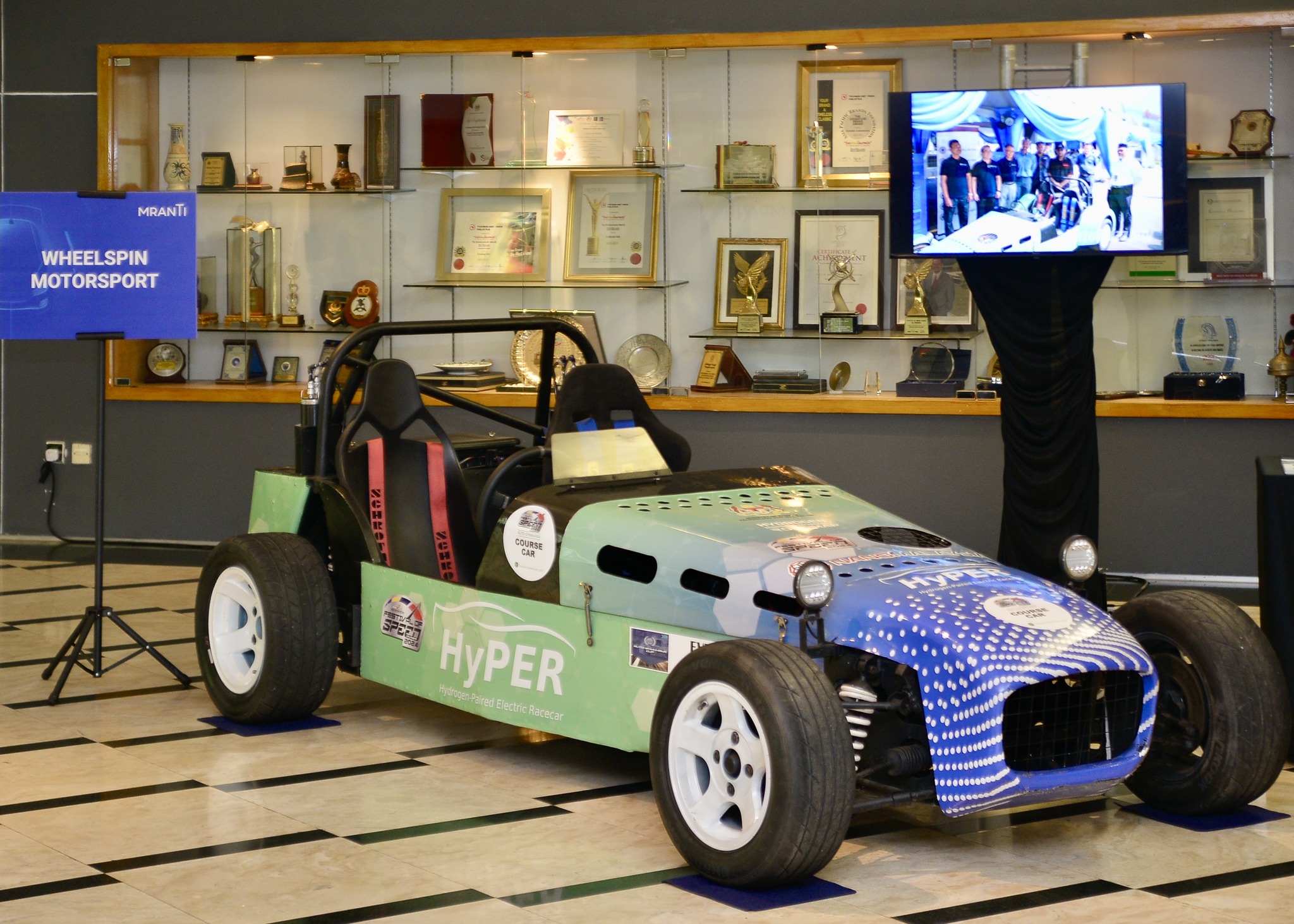Malaysia stands at a crossroads, navigating the complex interplay of education, economic development, and global competitiveness. In this second of a two-part conversation with the TiPM/MRANTI chief executive officer Dr Rais Hussin and his leadership team, we discuss the corporation’s blueprint for a ground-breaking development project spanning 686 acres, and its strategies to attract and retain talent and address systemic challenges that hinder a culture of innovation and teamwork in the country.
Phases of development: A strategic approach
TiPM/MRANTI’s development project - divided into three phases - reflects an ambitious vision that prioritises infrastructure, healthcare, technology, and cost-effective design, thus showcasing a master plan aimed at blending innovation, sustainability, and practicality.
Phase 1: Spanning three acres, this phase includes key facilities such as the High Impact Value Enterprise (HIVE) 5 building, an incubation resource centre housing start-ups, and maker spaces such as Makerslab and 5G Experience Centre. Phase 1 is fully realised, highlighting a commitment to supporting entrepreneurship and innovation.
Phases 2 and 3: These phases, particularly Phase 3, involve the development of greenfield areas, currently under extensive construction. With an eye on the future, infrastructure improvements include expanding power capacity from 25MW to 566MW by 2026, a response to the growing energy demands of data centres and other facilities.

According to MRANTI chief strategy officer Khalid Yashaiya, financial sustainability is at the core of this project. Phase 1’s completion over 29 years exemplifies meticulous planning. With infrastructure development costs exceeding RM400 million, the emphasis lies on cost-to-income ratios to ensure value-driven investments.
A hub for innovation and collaboration
Technology and innovation are pillars of this project, with initiatives including:
Makerslab and technology teams: Facilities and teams focusing on autonomous vehicles, drones, agriculture technology, and leveraging a 5G living lab.
Industry collaboration: Partnerships with global and local technology players enhance capabilities while fostering knowledge-sharing.
Collaboration with global institutions, such as the Moscow Engineering Physics Institute (MEPhI), positions the project as a leader in healthcare, science, and technology. By bringing affordable solutions from nations like India and Russia, the initiative underscores its dedication to global innovation.
Additionally, through the Malaysia-China Joint Committee on STI Cooperation, TiPM/MRANTI is advancing in microelectronics and smart cities. Such collaborative efforts have unlocked opportunities for shared innovation contributing to both regional and global advancements.
Healthcare: Addressing emerging challenges
A significant focus is placed on healthcare, with plans for an integrated healthcare cluster. This facility will serve as a hub for innovation, research, and collaboration in health technology and medical technology fields, notably with the International Medical University (IMU) campus in TiPM/MRANTI centring on innovation and postgraduate research.
Amid rising medical costs and insurance premiums, the cluster’s goal is to provide affordable diagnostic solutions and foster partnerships with international healthcare institutions.

The role of education and talent development
At the heart of Malaysia’s progress lies education. Rais emphasised that the nation’s focus must be on retaining talent and ensuring that its workforce is equipped for the future. This includes rethinking curriculum design to keep pace with technological advancements and global trends.
Efforts are underway to strengthen the country’s educational framework, including a proposal by MEPhI to establish a representative office and potentially a branch in Malaysia. These initiatives aim to address critical talent shortages, particularly in high-demand sectors like semiconductors.
Tackling brain drain and integrating local talent
Malaysia’s struggle with brain drain highlights the urgent need to retain and nurture top talent. Fields like nuclear and quantum technologies exemplify this issue. Despite early investments in human capital, the lack of job opportunities has driven experts abroad. To counter this, a deliberate strategy to align talent development with national priorities is essential.
Proposals to integrate local talent more effectively include fostering collaboration between universities, private sector players, and government agencies, where TiPM/MRANTI could play a pivotal role in bridging the gap between research and commercialisation.

Governance: Breaking down silos
One of the major challenges highlighted was the fragmentation in governance, particularly in sectors like agriculture. More than 60 agencies operate under the Agriculture Ministry, often working in isolation. This lack of cohesion hampers efficiency and innovation. The team advocates for a collaborative approach across industries and government bodies, stressing that Malaysians at every level must get out of the mindset of working within their own perimeter.
The issue extends beyond agriculture. For example, despite the availability of food security funds, they remain underutilised due to inefficiencies in distribution and implementation. Addressing these systemic problems requires not just policy changes but also a cultural shift toward collaboration and accountability.
Drawing inspiration from global examples, Khalid highlighted Sweden’s Viking culture, which emphasises collaboration, humility and mission-driven efforts. These values could serve as a blueprint for Malaysia as it seeks to foster a culture of innovation and teamwork.
Embracing AI and the workforce of the future
Artificial intelligence (AI) is another area where Malaysia has both challenges and opportunities. There is a widespread misconception that AI will eliminate jobs, but the reality is more nuanced.
“AI will transform jobs, not eliminate them. It’s about upskilling and preparing our workforce for this transition,” Rais explained.
Upskilling programmes and educational reforms are critical to ensuring that Malaysians can adapt to technological changes. This proactive approach will enable the nation to harness AI’s potential for long-term economic and social benefits.

Leadership and the road ahead
As TiPM/MRANTI looks to the future, leadership remains a top priority. Rais emphasised the importance of building internal capacity by growing capable local talent to ensure the agency’s sustainable growth.
Rais also revealed plans to step down in October this year.
“I was given three mandates before coming here: Clean up, put in a system, and build reserves. That was my promise to Prime Minister Anwar Ibrahim. That’s exactly what we are doing and will continue doing.”
Malaysia’s path forward is clear: a collaborative, mission-driven approach to education, governance, and innovation. The nation can unlock its full potential by addressing systemic challenges and embracing global best practices.

